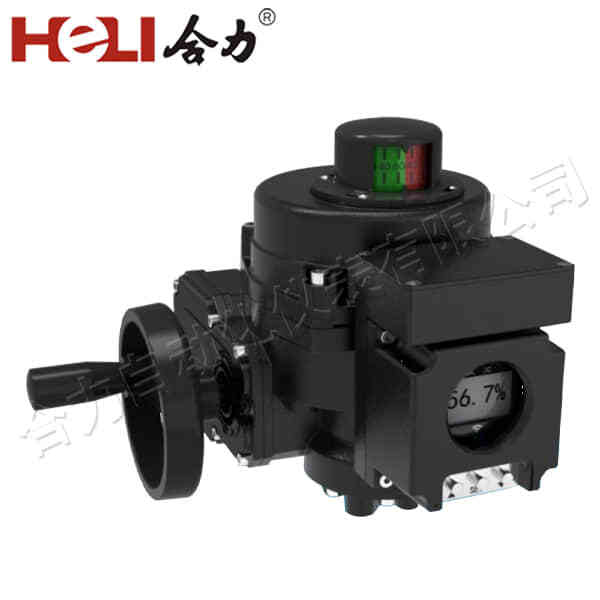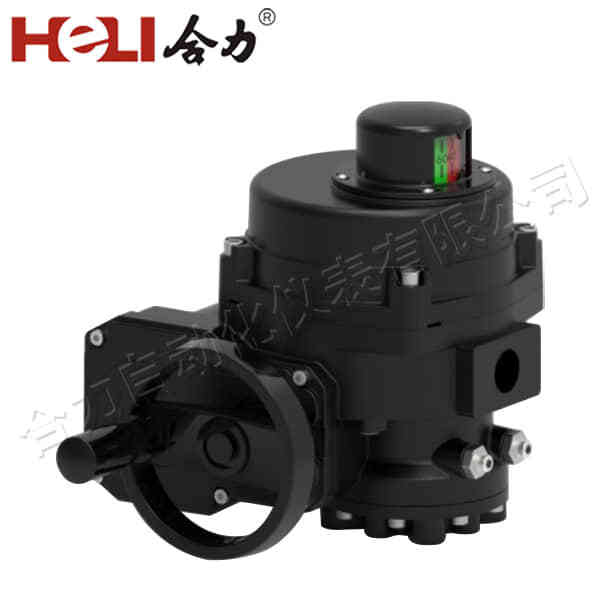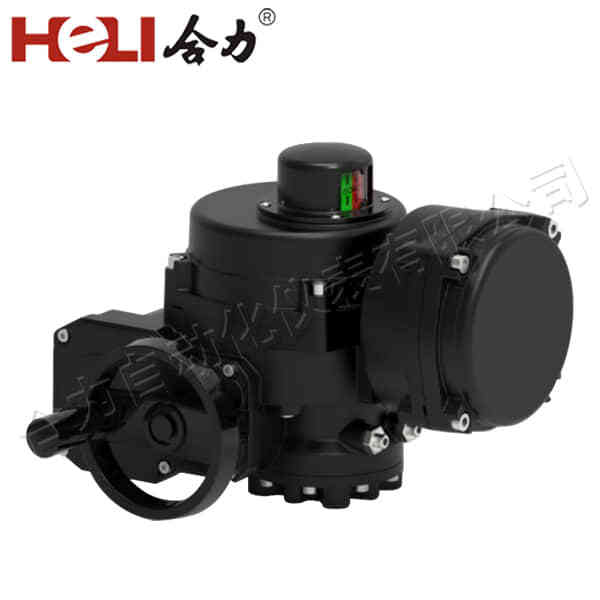Electric actuator valves are essential components in modern industrial systems, offering precise control over fluid flow, pressure, and temperature. These valves, driven by electric actuators, are increasingly popular due to their reliability, energy efficiency, and versatility. From water treatment facilities to the oil and gas industry, electric actuator valves are used across various sectors to automate and control processes with greater accuracy.

What Are Electric Actuator Valves?

An electric actuator valve is a valve equipped with an electric actuator, a device that converts electrical energy into mechanical motion. The actuator adjusts the valve’s position in response to electrical signals, allowing for the controlled opening, closing, or throttling of the valve. This process is crucial in many industrial applications where precise control is necessary. The electric actuator itself is composed of an electric motor, a gear system, a control unit, and often a position feedback device. The motor generates rotational motion, which is then transmitted through the gears to adjust the valve’s position. The control unit receives commands from a supervisory system (such as a PLC) and ensures the actuator moves the valve to the correct position. The position feedback system allows real-time monitoring of the valve’s status, ensuring accuracy in the control process.
